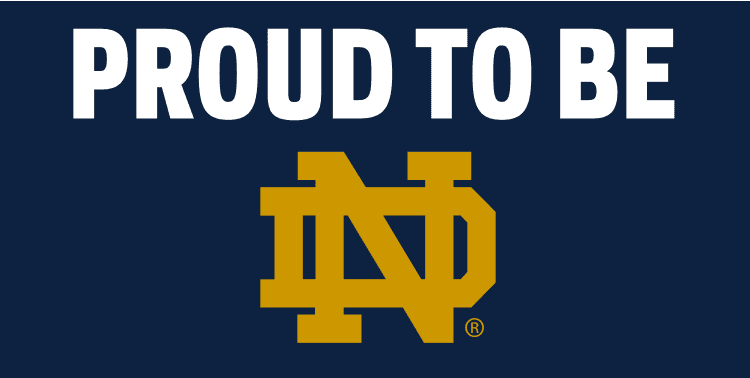
God, Country, Notre Dame
South Bend is known for one thing: Notre Dame’s die-hard loyal fans. When walking through the college town on game day, its nearly impossible to not see the shirt of the year. Touchdown Jesus and the golden dome are the go-to picture spots for prom. Our city’s entry sign even changed a few years ago to say “Welcome to Notre Dame, Indiana”. South Bend is unashamedly devoted to Notre Dame in every possible way. This being said, I’ve found myself questioning my town’s loyalty a few times. I’ve questioned whether or not to support a team where there have been cheating allegations against players and scandals, such as the death of a student filming a practice.
The loyalty of my hometown would be referred to as a partisan attachment by Donald Green (Green 4). Green refers to partisan attachment in the context of politics. He says, “…voters who call themselves Republicans at age thirty-two will most likely continue to do so at age eighty-two” (1-2). The same ideology applies to religion, social identities, and in this case, college football. The fans did not let their allegiance falter during any wrongdoing associated with the Fighting Irish. The fans supported Notre Dame, no questions asked. I remember the university doing its best to keep all negativity out of the media, while the fans do their best to dispel or justify any allegations against the team. Green says the attachments can even go so far that “one may vote for a Republican candidate and yet feel part of a Democratic team” (8). In the same regard, I cheered for Wake when they played against Notre Dame, yet I still feel a part of the Notre Dame community.
In the same way football rivalries lead to drunken tailgate fights, Brooks and Manza discuss how political conflicts “based on race, class, religion, or linguistic divisions” stem from social cleavages (Brooks and Manza 937). As McAdam and Kloos discussed in Deeply Divided, Brooks and Manza also discuss the presence of social factors impacting political decisions and conflicts since the 1960s. These cleavages show little chance of shifting, the same way Notre Dame fans stay true to their team (942).